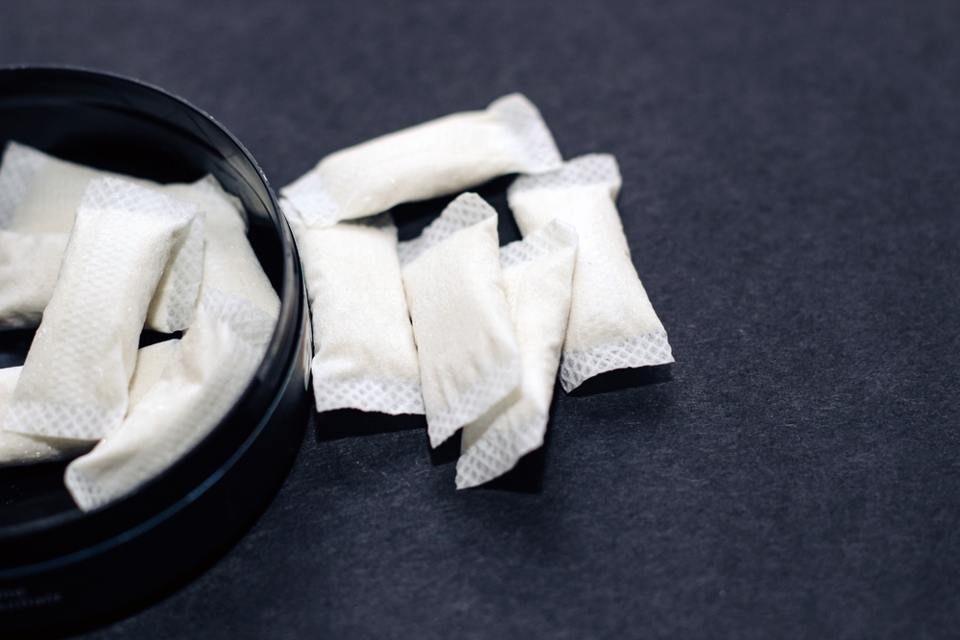When it comes to federal and state tobacco tax cases, the litigation is never ending. In 2009, Congress passed the Children’s Health Insurance Program Reauthorization Act, which expanded the federal excise tax on tobacco products to include “roll-your-own tobacco.” From there, importers and domestic manufacturers of roll-your-own tobacco were required to pay federal excise tax on these products. From these laws, several tax court and Court of International Tax (“CIT”) cases have stemmed due to the difficult tax laws on the federal, state and local level.
In one such case, New Image Global, Inc. vs. United States, in which the Court determined on Summary Judgment that New Image Global was unlawfully paying less federal excise tax than required by law. New Image is a producer of homogenized tobacco cigar wraps that qualify as “roll-your-own-tobacco.” New Image declared a 0.75 grams per XXL style wrap on its entry documents 2009– 2012, which was underreported by approximately .16 grams, as further discussed below.
In September 2012, New Image made two entries of the wraps at issue in this case in which it declared the weight of the imported tobacco cigar wraps on its entry documents to be “.75 gm per wrap,” as it had claimed previously. On November 19, 2014, Customs issued a notice of action to New Image for these entries. In the notice of action, Customs used the 0.915 grams per wrap average weight from its second weighing to determine the proper excise tax for the imported wraps, rather than New Image’s declared weight of 0.75 grams per wrap, as furthered discussed below.
In December 2014, Customs liquidated the entries with an increased excise tax based on the 0.915 weight. New Image protested the liquidation, which Customs subsequently denied. The denial was issued because the invoice weights were contrary to, and significantly lower than, New Image’s own manufacturer’s production weights, and were not based on any scientific methodology. On July 1, 2015, New Image filed a timely Complaint against Customs in the CIT. On January 20, 2016, a scheduling order was issued to begin discovery, and took place over the next two years. On December 7, 2018, the parties filed cross-motions for summary judgment. On April 8, 2019, both the Government and New Image responded to each other’s motion for summary judgment, and subsequently submitted their corresponding reply briefs on May 31, 2019.
There were several interesting issues covered in this case as further discussed hereto. Specifically, New Image took issue with two main positions taken by customs in determining that New Image was underreporting tax.
- Are non-tobacco components of roll your own tobacco subject to federal excise tax?
The first position New Image challenged was that customs overreached its statutory authority by taxing non-tobacco components of roll-your-own tobacco. The statute defines roll-your-own tobacco as “any tobacco which, because of its appearance, type, packaging, or labeling, is suitable for use and likely to be offered to, or purchased by, consumers as tobacco for making cigarettes or cigars, or for use and likely to be offered to, or purchased by, consumers as tobacco for making cigarettes or cigars, or for use as wrappers thereof.” 26 U.S.C. S 5702(o). The Government took the position that the additives are part of what makes the product marketable and “suitable for use” for its intended purpose. The Court ruled that the statute makes clear that component parts of a completed tobacco product are taxed not just the tobacco content. For example, when assessing the tax on cigars and cigarettes, the statute has long been read to include the component parts, such as the filter or mouthpiece in the taxable weight.
- Is there a proper method for weighing tobacco products?
New Image took issue with customs weighing procedures. Specifically, New Image took issue with the fact that customs re weighed the products using the indirect method, which totaled a higher average weight. Specifically, in December 2011, Customs conducted the first weighing of New Image’s tobacco products for excise tax calculation purposes using the “direct” method. The “direct” method consisted of Customs removing the tobacco cigar wraps from the packaging and, after letting the wraps dry for twenty-four hours, placing a wrap directly on a scale. The average calculated weight using this method was 0.71 grams per wrap, which was consistent and lower than what New Image was reporting.
During the investigation, and in response to a memorandum from an import specialist, the Customs laboratory conducted a second weighing of New Image’s wraps. The second weighing occurred in April 2012, using what Customs referred to as the “indirect method.” The “indirect” method entails measuring the weight of the sealed product, then separately measuring the weight of all materials without the tobacco wrap, and “indirectly” achieving the weight of the tobacco cigar wrap by subtracting the weight of the non-tobacco materials from the weight of the sealed product. Customs claims the “indirect” method was used in order to account for the dissipation of volatile flavor additives, which caused the wraps to lose weight once the packages were opened and as the wraps dried. This method resulted in weights ranging from 0.875 to 0.96 grams per wrap, with an average weight of 0.915 grams per wrap.
Despite New Image’s claims that customs was cherry picking the higher amount, the Court found that customs decision to reweigh the materials was in fact consistent with the law as it included the additives in the weight.
This case is a strong example of how difficult the taxing laws are and how important it is to have a knowledgeable tobacco tax specialist on your side ensuring you comply with the regulations each step of the way. Further, in the event of an audit, it is imperative to have a tobacco tax law professional on your side.





.2409241359572.jpg)